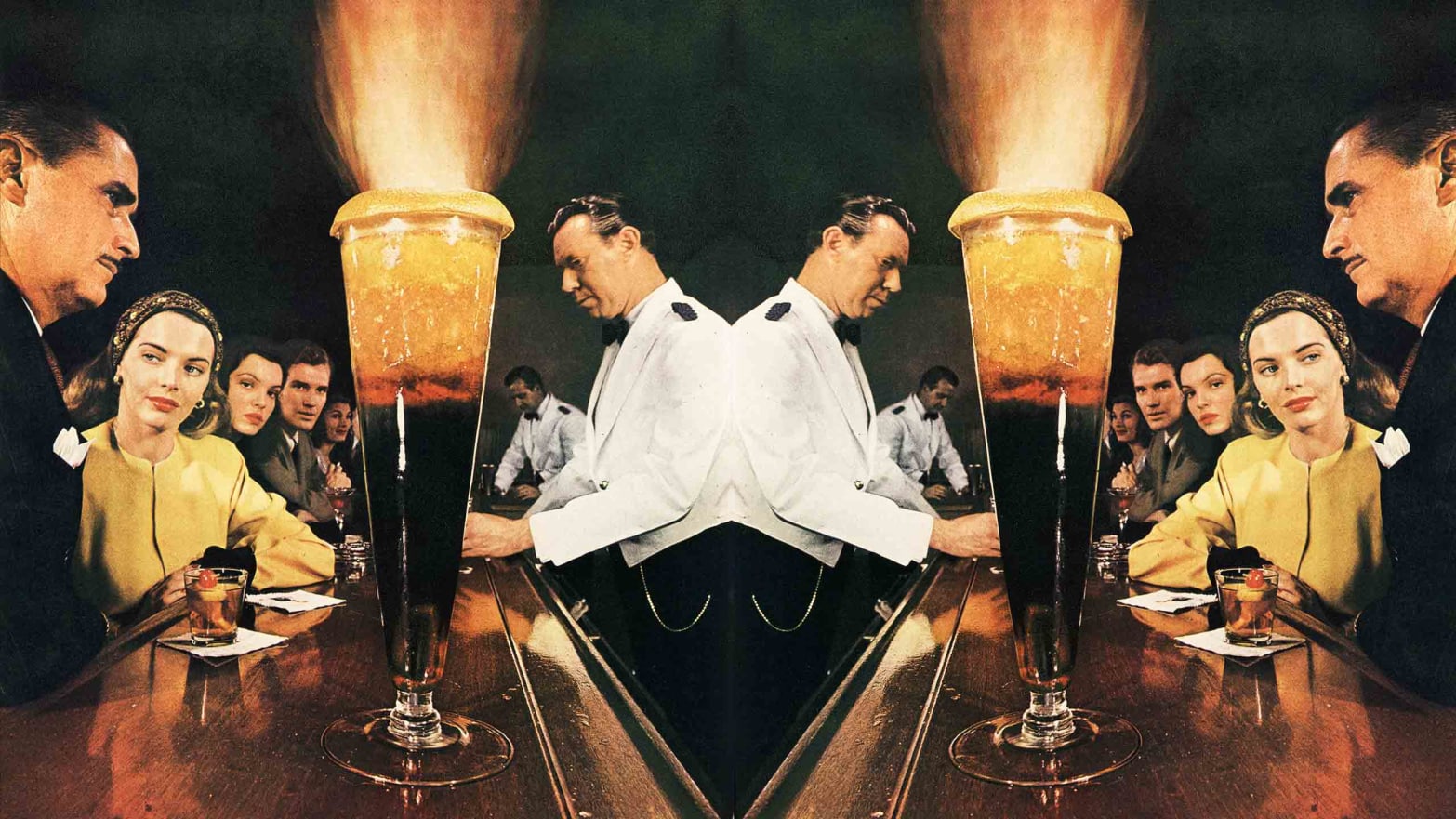Way back in the 1930s, G. Selmer Fougner, the person who invented the drinks column as we know it, also figured out most of the best hacks for getting such a column out on a regular basis.
In his case, he really needed them: His column, “Along the Wine Trail,” ran daily in the New York Sun. But that was a more industrious age, before there was Twitter and Angry Birds and 24/7 coverage of our permanent political shitshow to distract even the most conscientious writer from his or her appointed rounds.
Most of these column-fillers are now standard, the kind of gambit every drinks writer deploys one time or another: long-winded rants on how people are making a favorite drink wrong, detailed recaps of the rules and regulations defining some wine or spirit, extended quotes from old-timers about how this or that drink came to be invented, so on and so forth. Over the years, I’ve used all of ’em.
But Fougner’s best hack was asking for questions from his audience. He always welcomed his readers’ queries and did his best to answer them, no matter how basic or even silly (e.g., whether most Scotch whisky was actually made in Australia, or “if a Manhattan cocktail can be made with gin”—no and no). Besides filling up the column inches, this process brought forth reams of interesting information on drinks, their lore and their histories. So far, in my columns for The Daily Beast, I’ve left this one alone.
But why not give it a try? Send your booze-related questions to me at my twitter account, @davidwondrich, and I’ll take an honest crack at the most interesting ones, with answers coming later this week.
How do I define most interesting? Back in the 1930s, when Fougner’s was the only drinks column around, he fielded questions on everything from Aalborg Aquavit to Zweigelt wines. But we live in an age of specialization. There are plenty of wine professors out there to pooh-pooh your favorite bottles, plenty of trend-spotters who can give you the best Frosé recipe (assuming there is such a thing as “best” in this instance) and plenty of folks who will tell you which unobtainable bourbon would most impress your friends if you were actually able to obtain it. I’m not so interested in that sort of thing.
The areas of my expertise have mostly to do with the past; with the tangled histories of cocktails and spirits, and where they do touch on the present, they tend to focus on the weird edges of the booze world; the bottles that come from far away and have cool-looking labels that don’t give you much help on what’s inside. So: questions about old cocktails, ingredients, techniques or watering holes? Good. Questions about drinking customs of far-off countries and the booze that fuels them? Good. Questions about almost anything else, less good (but you never know). Questions about Frosé? Nix.
If this works, we’ll try it again from time to time, so keep sending in your queries as they arise.
And finally, to prime the pump, here’s a sample; a question somebody asked me recently:
Q: What is the origin of the Army & Navy cocktail?
A: The Army & Navy, whose recipe is below, was created by New York Advertising man and occasional New Yorker writer Carroll Van Ark (father of Joan “Valerie Ewing” Van Ark). It first appeared in print in 1934, in—not coincidentally—Fougner’s column, to which Van Ark had submitted it. “An inexpensive drink,” quoth Mr. Van Ark, correctly, “but it tastes like a million.” It enjoyed wide popularity in New York in the 1930s and early 1940s before fading away in postwar years.
The Army-Navy Cocktail
INGREDIENTS:
1.5 oz London dry gin
.75 oz Lemon juice
scant .75 oz Orgeat syrup
Garnish: Peychaud’s bitters
Glass: Cocktail
DIRECTIONS:
Add all the ingredients to a shaker and fill with ice. Shake, and strain into a chilled cocktail glass. I like to decorate the top with a few drops of Peychaud’s bitters.

